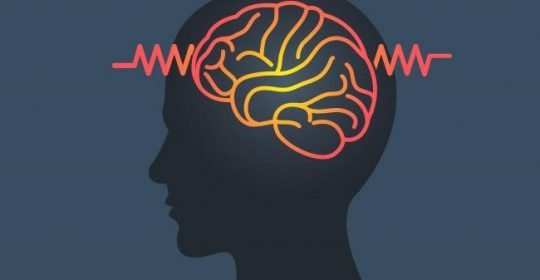
What Causes Status Epilepticus
Status Epilepticus is what happens when a single seizure lasts for more than 5 minutes, or when you have a seizure twice within the span of 5 minutes. In the case of the latter, the odds of death increase as it is more difficult to treat the condition with normal medication that would otherwise treat typical seizures.
It is likely to occur in people who have a previous history of epilepsy. Those patients with diagnosed epilepsy have an increased risk of death if they are not stabilized quickly or if their triggers are not controlled. However, with the best neurological care, patients in good health can survive with minimal brain damage and would be able to even avoid future seizures.
Diagnosing status epilepticus usually involves:
- Electroencephalography (EEG)
- Checking blood sugar levels
- Blood tests
Convulsive vs. Nonconvulsive Seizures
When status epilepticus sets in, it’s important to identify the convulsive state from the non-convulsive. A convulsive episode is more common but also more fatal out of the two. Patients go through tonic-clonic seizures, often referred to as “grand mal”, which is what happens when a patient’s body stiffens after losing consciousness (tonic). The clonic stage of the convulsive episode is when the body then starts to jerk and flex uncontrollably.
A non-convulsive episode happens when the person might not be fully aware of their surroundings or confused for a long period of time, but not necessarily unconscious. These seizures are harder to recognize as the symptoms are more subtle and harder to notice.
Symptoms
Possible symptoms of status epilepticus include:
- Falling down
- Muscle spasms
- Irregular breathing
- Speech difficulties
- Loss of bowel/bladder control
- Clenched teeth
Causes
Most cases of status epilepticus occur when the patient is not controlling their condition with the recommended medication.
Causes of status epilepticus may include:
- Kidney or liver failure
- Head trauma
- Heavy usage of alcohol or drugs
- Low blood sugar
- HIV
- Encephalitis
Treatment
If the situation arises where you have to help someone who is experiencing this seizure at home, make sure that the person’s head is protected. You will have to ensure that the patient is away from any external factors that may cause harm. As this is a medical emergency, the authorities should immediately be notified when the seizure occurs.
The first line of treatment administered in hospitals includes an assessment of cardiac and respiratory functions, intravenous diazepam or lorazepam to suppress the seizure activity, as well as a high-concentration of oxygen administered and followed by intubation.
Anticonvulsants that are used to treat seizures include:
- Diazepam
- Lorazepam
- Phenytoin
- Phenobarbital
- Valproate
- Fosphenytoin

